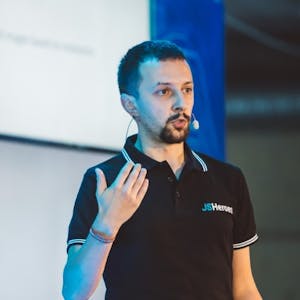Node.js has become an increasingly popular language to build and deploy backend APIs. In a world of legacy CMSs adopting decoupled implementations, plenty of frameworks have sprung up to classify themselves as "headless" CMSs, designed from the start to provide an easy way to personalize content models, administer permissions and authentication, and serve a content API quickly.
Strapi, one of the leaders in this space, has recently released their v4 version of the framework, and with Platform.sh it can be deployed alongside a number of frontends within the same project, giving a drastically simplified development experience working with decoupled sites. In this workshop, we'll deploy a Strapi demo application, which has been configured to serve a restaurant review site.
Piece piece you will add database services, tests, and frontends, all within the safety of isolated development environments. At the end, each user will have a functioning decoupled site, and some greater understanding of working with decoupled sites in production.
This workshop has been presented at Node Congress 2022, check out the latest edition of this JavaScript Conference.












Comments